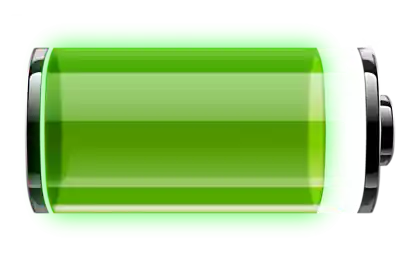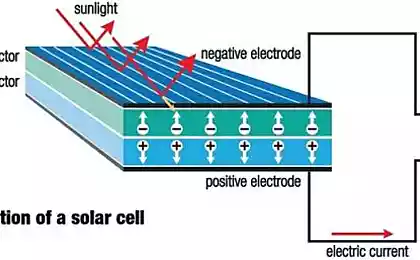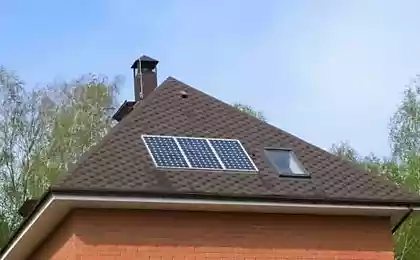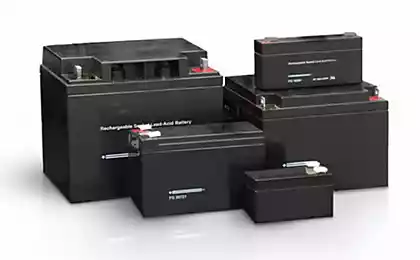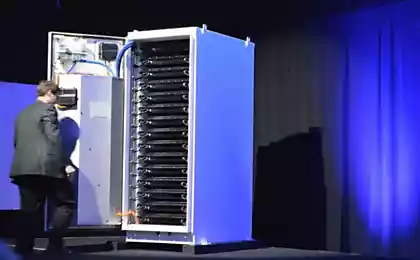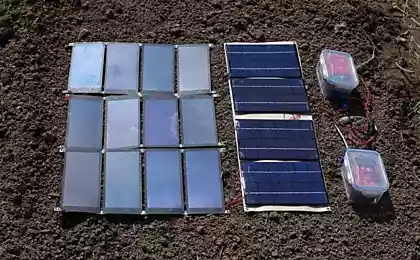1332
The new battery from a variety nanoelements

For a variety of reasons are constantly looking for new ways to store energy, and improving existing. We are more and more use of wireless devices. People look with hope to electric vehicles. Tesla Motors has demonstrated that electric cars can be more than just a means of transportation for particularly zealous fighters for the environment, but also a very sports car. Switching speed for a set or reset the speed is not necessary, and any driver quickly gets used to this "infinite" first gear.
News about the next breakthrough in the structure of the battery, which will change the entire industry, appear at least once a month. Typically, scientists or change the design or try new materials. In the new study was able to restructure materials in nano-battery, and then combine them into the battery group.
Any battery consists of two electrodes between which a potential difference is created. Electrodes based on nanostructures have a number of useful features: it is a large surface area and short transport ions, which allows you to store more energy and improve battery life, which means it can hold a charge longer and endure more charge-discharge cycles. More opportunities to improve leaves 3D-organization of these structures.

In the past, researchers have developed 3D-batteries by arranging two electrodes in nanopores of alumina for separation and ultra-thin insulating material used. Although the resulting system had improved performance density of energy conservation, charge retention is limited insulators, and requires increased circuit complexity for current to flow between them. Simply put, to keep the positive features of 3D-nanostructures is difficult because of the space limitations of the material.
Usually used in batteries the electrolyte, but nanobatarei with its use have shown low levels of stored charge. When combined in such batteries 3D-structures differences in concentration leads to a difference in current density. These limits are able to get around by combining both solutions.
New battery consists of parallel arranged nanoelements. Each of the tubes contains electrodes and a liquid electrolyte disposed in the pores of the alumina, and the collection of current is carried nanostructures ruthenium (outer surface of the tube), and vanadium oxide V 2 sub> O 5 sub> ( the inner surface). To form the cathode and the anode are covered nanopores, respectively, or the vanadium oxide layer, or a chemically modified form.
Was defined as the performance of individual electrodes (half cell), and the complete structure nanoakkumulyatora comprising both electrodes and other elements. Both configurations are present excellent indicators of conservation of energy and life of the battery. Each gram of the resulting structure can save 80 mAh, which is slightly lower than the existing lithium batteries, and after 1000 charge-discharge cycles to hold a charge falls by only 20 percent or less. If you compare it with the previous samples using nanopores to hold a charge tripled, and cyclic life has increased by an order.
These qualities, according to researchers, are caused by a coaxial tubular structure. Its properties were discovered by comparing the stored charge configurations nanotubes of vanadium oxide and ruthenium and planar arrangement of silver and vanadium oxide. We nanotubes indicators stored charge were significantly higher.
Thus, it was shown that, with proper scaling nanostructures may help to improve the battery. Perhaps in the future this will be a way of developing real prototype batteries for use in mobile phones, tablet computers and other portable devices.
According to the materials Ars Technica . DOI: 10.1038 / NNANO.2014.247 .
Source: geektimes.ru/post/241904/



